12 Most Googled Underwater Creatures From The Deep Ocean
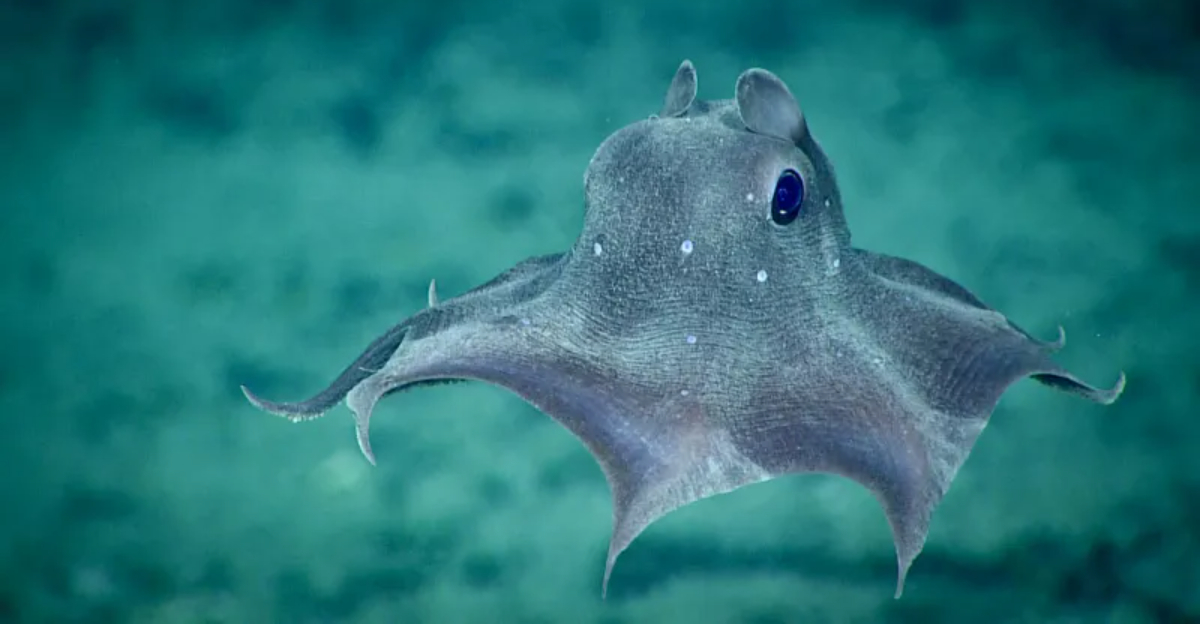
The deep ocean remains one of Earth’s most mysterious frontiers, hiding creatures that seem straight out of science fiction.
From bioluminescent marvels to prehistoric-looking giants, these underwater animals captivate our imagination and drive millions of curious searches online.
While we’ve explored less than 20% of our oceans, the creatures we’ve discovered continue to amaze scientists and ocean enthusiasts alike.
1. Giant Squid – The Elusive Deep-Sea Legend
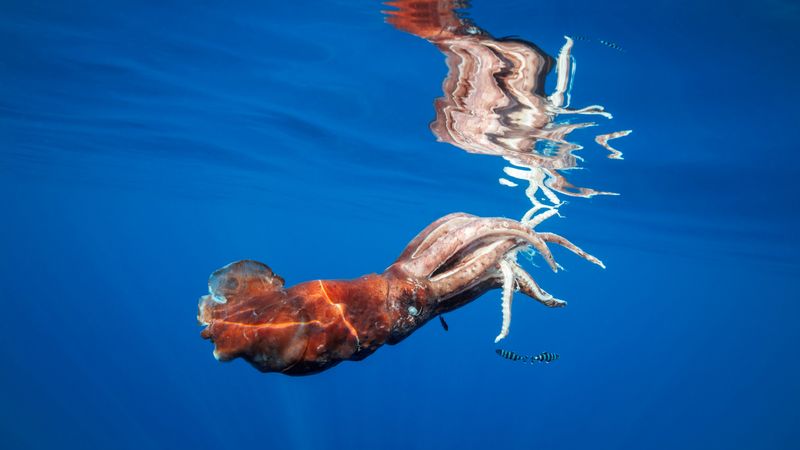
For centuries, sailors whispered tales of massive tentacled monsters dragging ships into the abyss. These weren’t just stories – the giant squid is very real, growing up to 43 feet long and possessing eyes the size of dinner plates!
Scientists rarely glimpse these creatures alive in their natural habitat. The first-ever video footage wasn’t captured until 2012, explaining why they generate millions of curious searches annually. Their mysterious nature and enormous size continue to fascinate us.
2. Blobfish – The Internet’s Favorite Ugly Celebrity
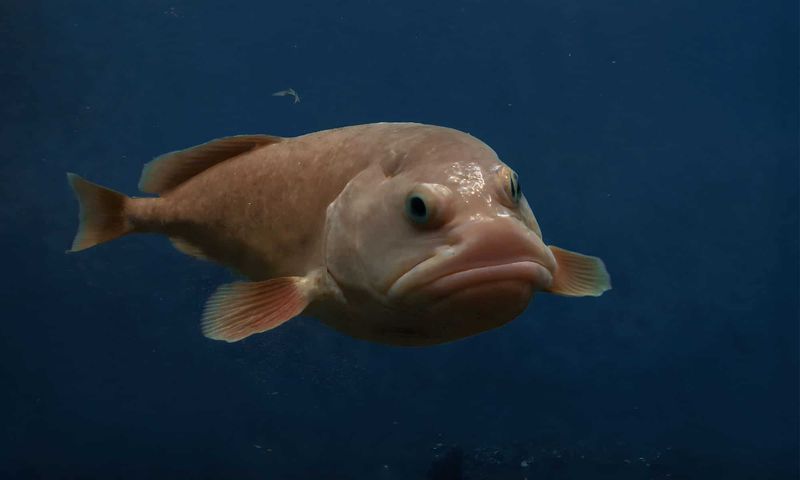
Named the ‘world’s ugliest animal’ in 2013, this gelatinous creature actually looks quite normal in its natural environment. The blobfish only takes on its famous melted appearance when brought to the surface, where lower pressure causes its body to distort dramatically.
Living at depths between 2,000-4,000 feet where pressure is 120 times greater than at sea level, these fish don’t need much muscle or bone. Their jelly-like bodies help them float just above the seafloor with minimal energy expenditure.
Despite their internet fame, blobfish remain mysterious. Scientists know little about their behavior or reproduction, making them fascinating subjects for marine biologists and curious internet users alike.
3. Anglerfish – Nature’s Clever Light Trap
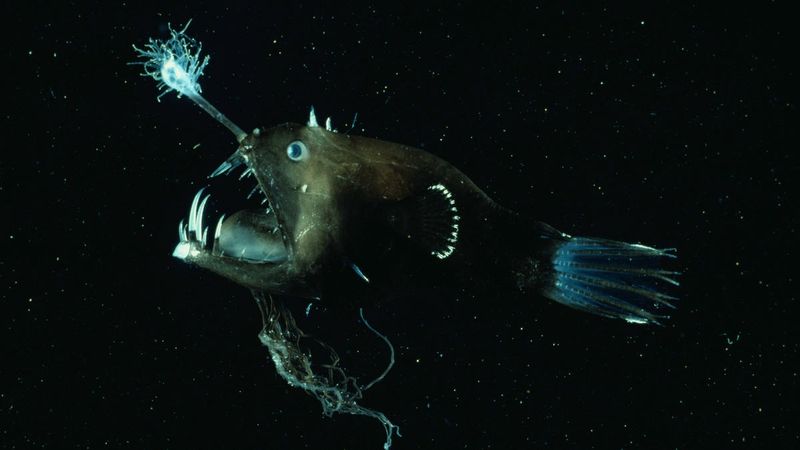
Sporting what looks like a fishing pole complete with a glowing lure on its head, the anglerfish embodies nature’s ingenuity. This bioluminescent appendage – technically called an ‘esca’ – dangles in front of the fish’s massive jaws, attracting unsuspecting prey directly into its mouth.
Female anglerfish can be up to ten times larger than males. The tiny males actually fuse permanently to females, becoming nothing more than sperm-producing appendages! This bizarre reproductive strategy ensures survival in the vast, sparsely populated deep sea.
Their frightening appearance made them instant stars in ‘Finding Nemo’ and countless marine documentaries.
4. Goblin Shark – Living Fossil With Alien Jaws
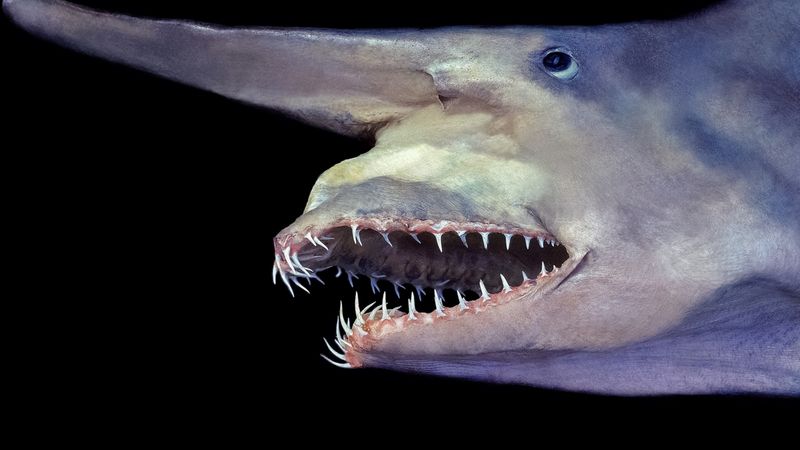
Imagine a prehistoric creature with a sword-like snout and jaws that launch forward like an alien creature from a sci-fi movie. The goblin shark, often called a ‘living fossil,’ has remained virtually unchanged for 125 million years!
Their most remarkable feature is their protrusible jaws, which can extend forward almost the full length of their snout in less than a second to catch prey. This specialized hunting mechanism compensates for their slow swimming speed and poor vision in the deep ocean.
5. Dumbo Octopus – Adorable Deep-Sea Explorer
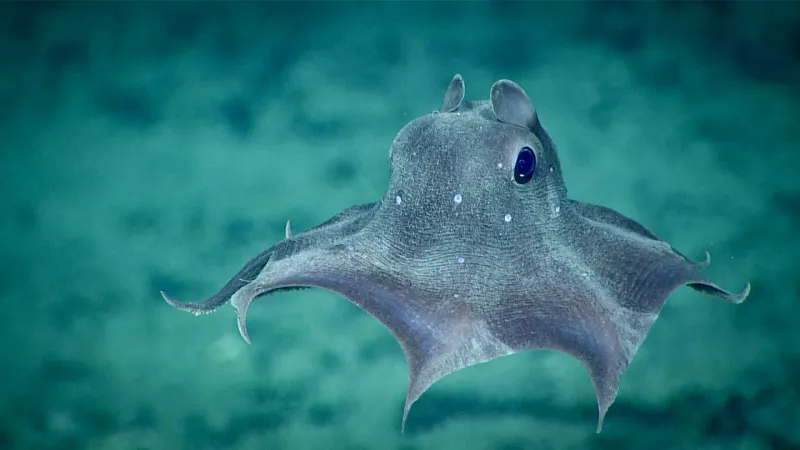
Named after Disney’s flying elephant, these charming octopuses sport ear-like fins that flap gracefully as they explore the ocean depths. Unlike their terrifying deep-sea neighbors, dumbo octopuses win hearts with their cute, cartoonish appearance.
As the deepest-dwelling octopus species, they’ve been spotted at incredible depths exceeding 23,000 feet – nearly as deep as Mount Everest is tall! Their bodies contain special chemicals that help them withstand the crushing pressure of these extreme environments.
Their internet popularity surged after being featured in underwater documentaries, making them among the most searched-for deep-sea creatures.
6. Frilled Shark – Swimming Prehistoric Nightmare
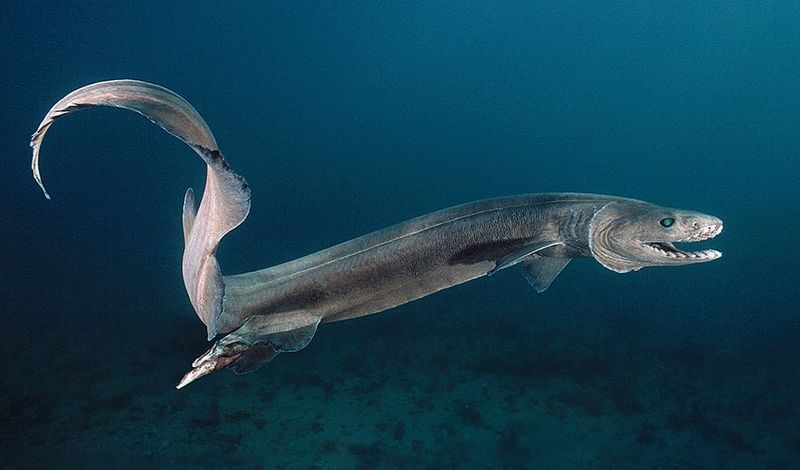
Sometimes called a ‘living fossil,’ the frilled shark has terrorized the deep ocean for 80 million years with barely any evolutionary changes. With 300 needle-sharp teeth arranged in 25 rows and a snake-like body reaching up to 6 feet long, it’s easy to see why this creature generates millions of curious searches.
Unlike most sharks, these ancient predators have extremely flexible jaws that can open wide enough to swallow prey half their size whole. They get their name from their six gill slits that have frilly, fringe-like edges, giving them a distinctive ruffled appearance.
7. Vampire Squid – Crimson Mystery of the Midnight Zone
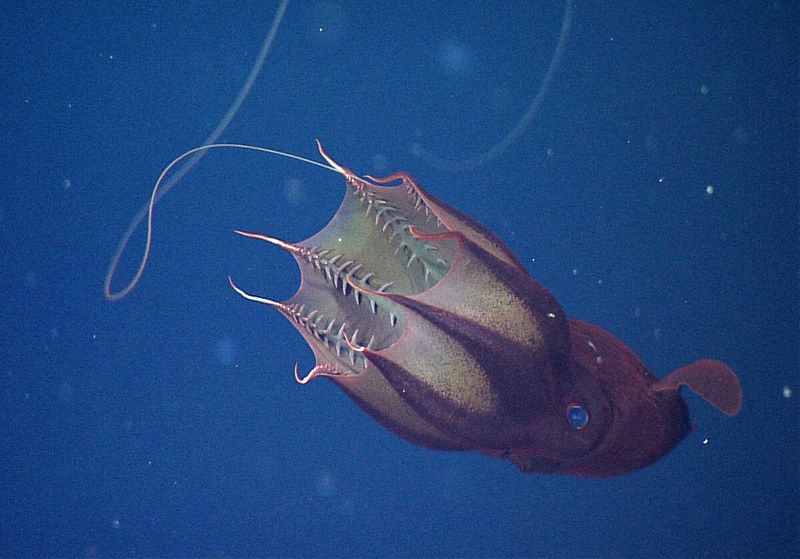
Despite its terrifying name, the vampire squid (Vampyroteuthis infernalis – literally ‘vampire squid from hell’) is actually quite gentle. This ancient creature isn’t really a squid or an octopus but belongs to its own separate order that dates back over 300 million years!
When threatened, it doesn’t shoot ink like its relatives. Instead, it performs a spectacular defense – turning itself inside-out and exposing spiny projections while secreting bioluminescent mucus that glows in the dark water. This light show confuses predators and allows the vampire squid to escape.
8. Barreleye Fish – The Fish With a Transparent Head
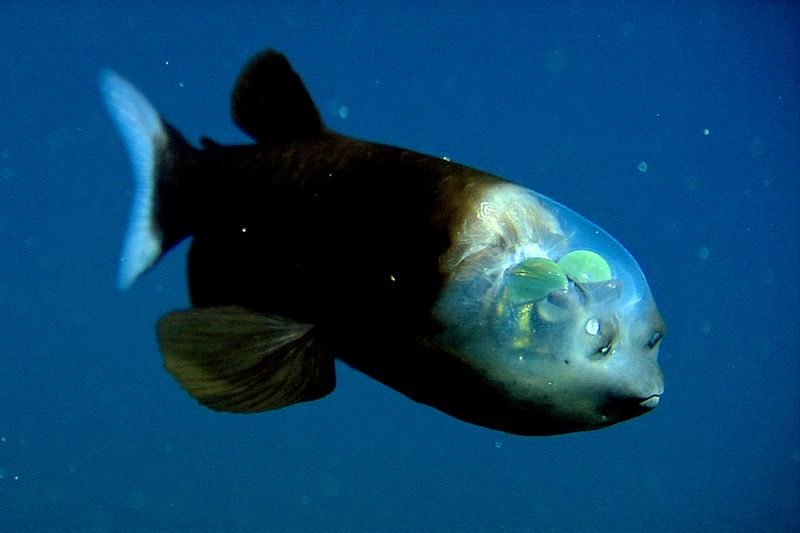
Imagine having eyes that can look directly through your skull! The barreleye fish possesses exactly this superpower with a completely transparent dome-shaped head that reveals its tubular, upward-pointing eyes inside. First discovered in 1939, scientists didn’t realize their heads were transparent until 2004 when they were observed alive in their natural habitat.
Those bizarre tubular eyes excel at collecting light in the nearly pitch-black deep sea. They can also rotate within the transparent shield, allowing the fish to look upward for prey or forward as it swims – a remarkable adaptation for hunting in three-dimensional space.
9. Colossal Squid – The Ocean’s Heavyweight Champion
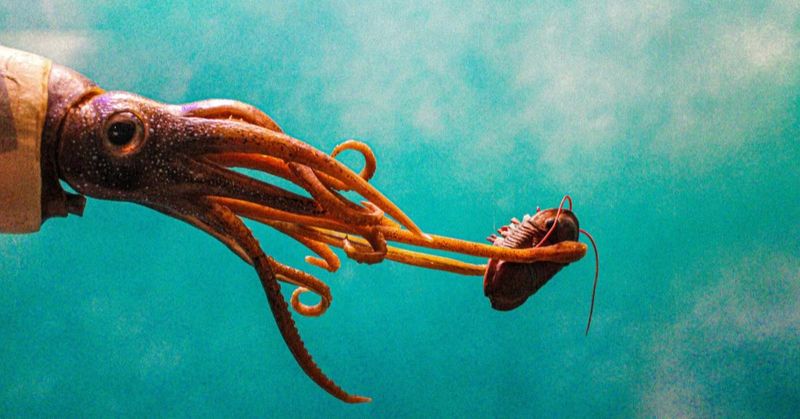
Often confused with its cousin the giant squid, the colossal squid stands as the largest invertebrate on Earth and possesses the animal kingdom’s largest eyes – up to 11 inches across! These massive creatures can weigh up to 1,650 pounds and stretch 46 feet from tentacle tip to tail.
Unlike other squid species, colossal squid tentacles feature rotating hooks with sharp points and swiveling bases. This terrifying adaptation allows them to latch onto prey with devastating efficiency. Their beaks are also among the largest of any squid, capable of slicing through prey with incredible force.
10. Yeti Crab – Hairy Denizen of Hydrothermal Vents
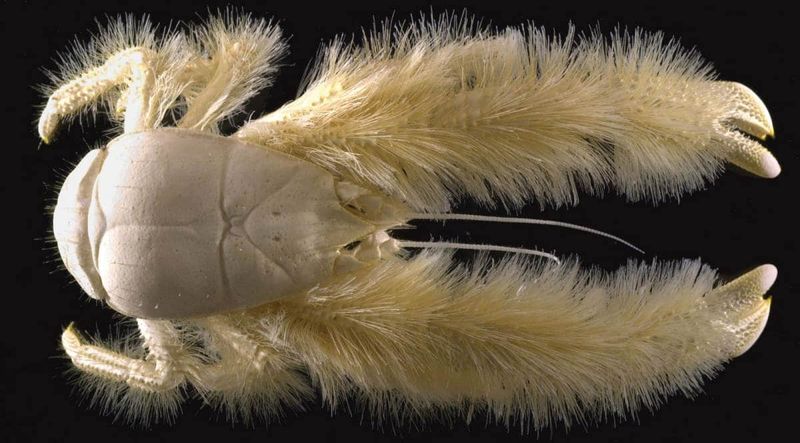
Discovered only in 2005, the yeti crab gets its nickname from being covered in blonde, hair-like setae that make it look like the mythical Himalayan creature. These unusual crustaceans live in one of Earth’s most extreme environments – around hydrothermal vents that spew superheated water up to 750°F!
Those signature hairs aren’t just for show. The crabs actually farm bacteria on them as their primary food source, waving their arms in the mineral-rich water to encourage bacterial growth. This clever adaptation allows them to thrive where few other complex organisms can survive.
11. Fangtooth Fish – Deepest-Dwelling Extreme Overbite
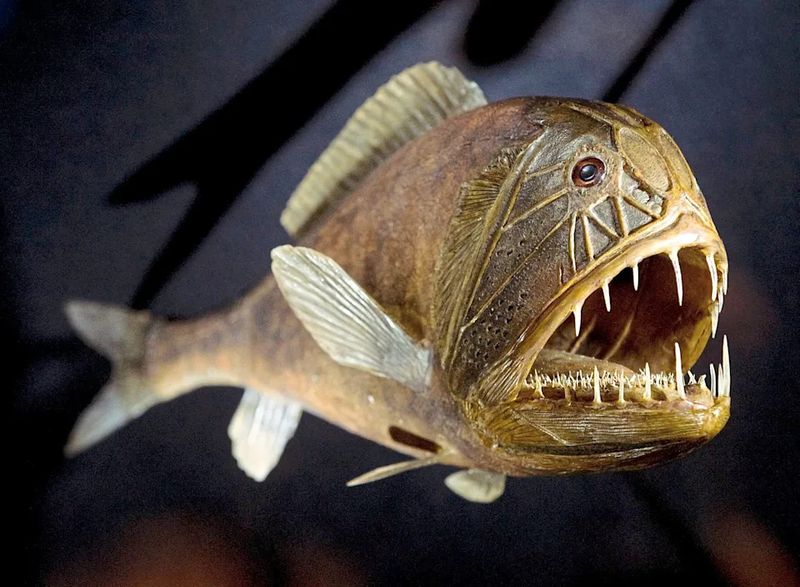
Despite measuring only about 6 inches long, the fangtooth fish boasts the largest teeth relative to body size of any ocean creature. Their fangs are so enormous they can’t fully close their mouths, with special pouches in their lips to accommodate the oversized teeth!
Living at astonishing depths between 3,000-16,000 feet, these fish handle pressure that would crush most submarines. Their bodies contain special adaptations including compressed organs and special cellular structures that prevent them from being squished in their extreme habitat.
12. Gulper Eel – The Living Vacuum Cleaner
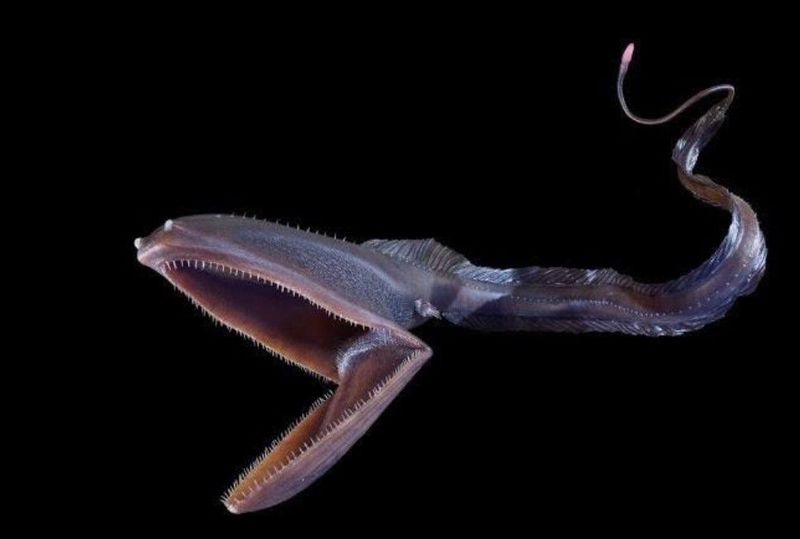
With a mouth that can open wider than its entire body and a stretchy stomach that expands like a balloon, the gulper eel seems designed by nature to defy logic. Also called the pelican eel, this bizarre creature transforms from a slender black whip into a gaping vacuum when feeding.
Unlike many deep-sea predators, gulper eels don’t have massive teeth. Instead, they rely on their enormous mouths to engulf prey whole – sometimes animals larger than themselves! Their jaws operate like a net, scooping up whatever crosses their path in the nutrient-poor deep ocean.





